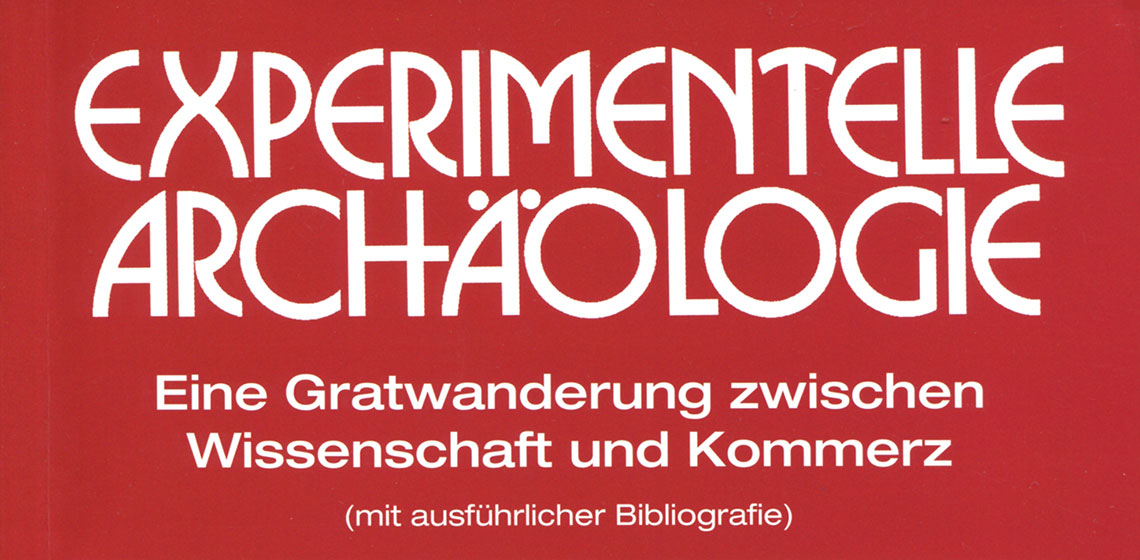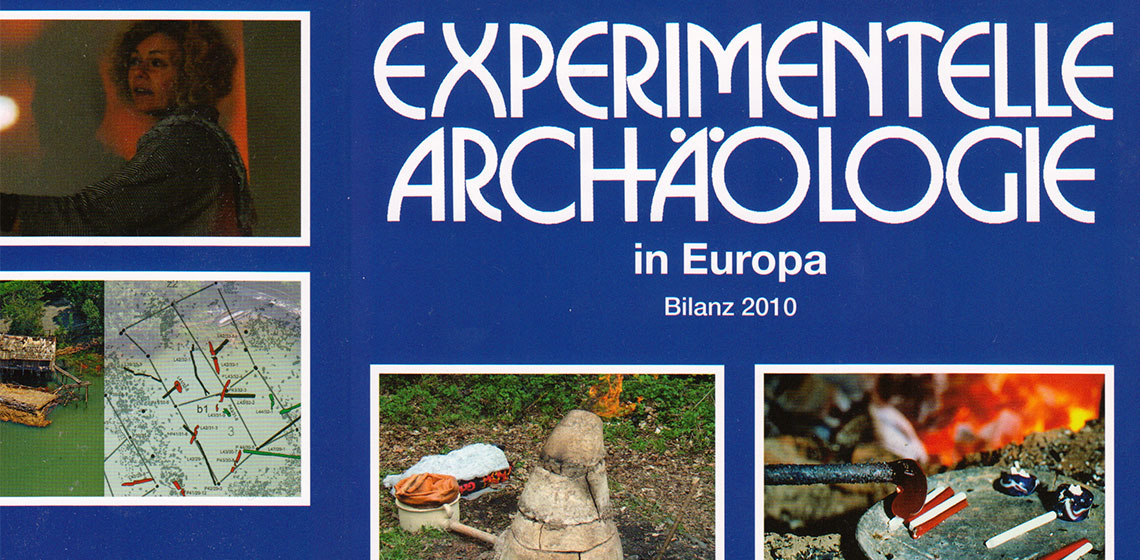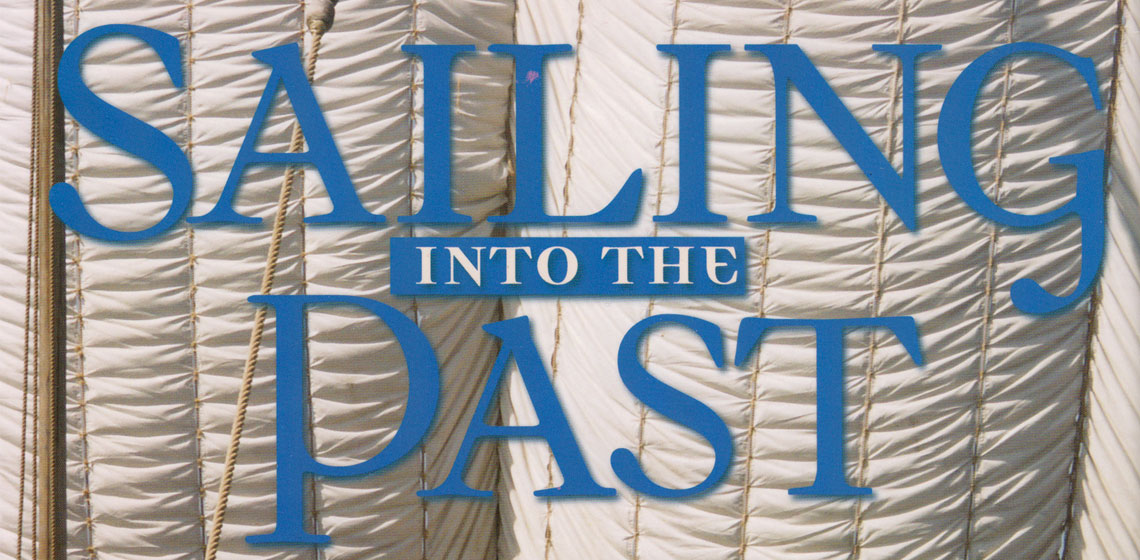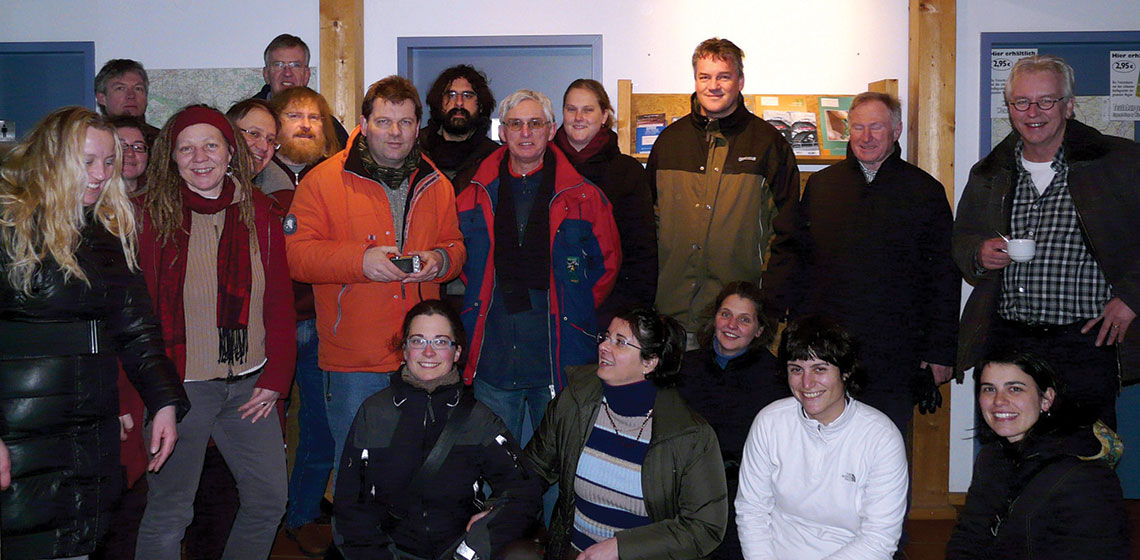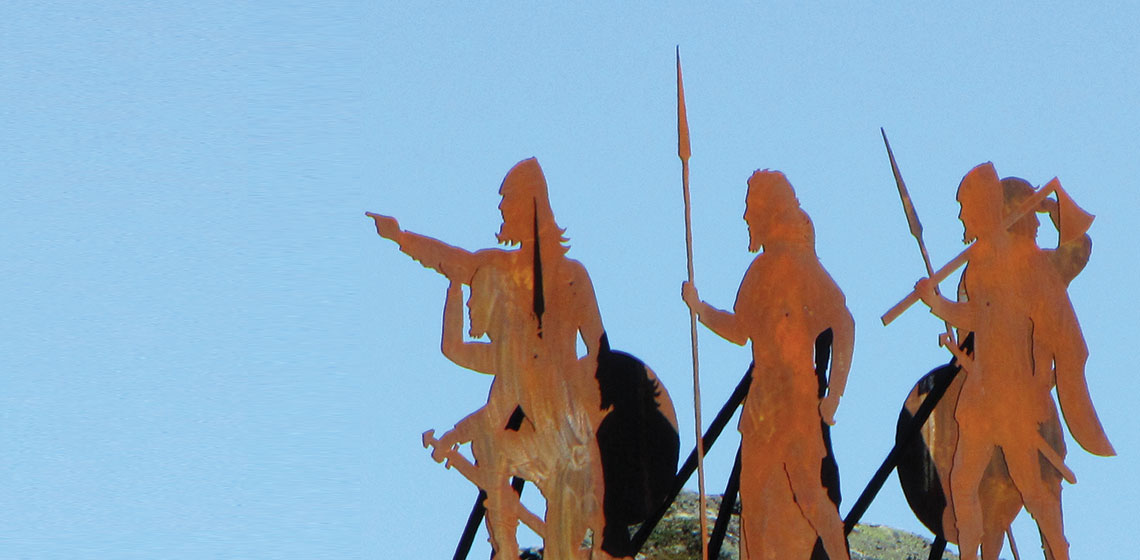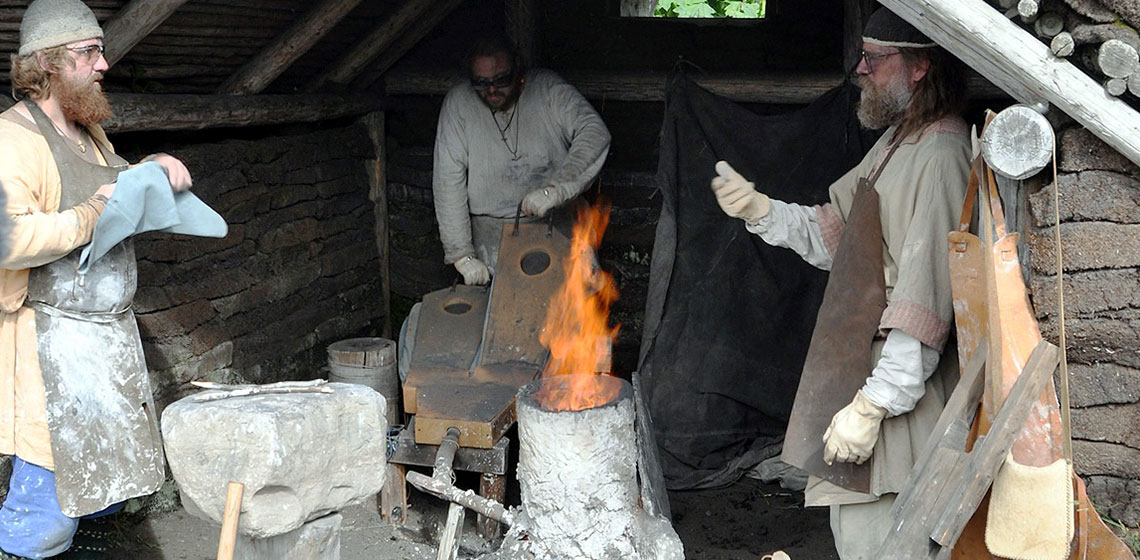Book Review: Experimentelle Archäologie. Eine Gratwanderung zwischen Wissenschaft und Kommerz by Dirk Vorlauf
***The name Dirk Vorlauf is closely connected to the history of experimental archaeology in Germany. From the late1980s, the Vorlauf has conducted several experiments testing archaeological hypotheses, and he is critically involved in methodology and theory...

